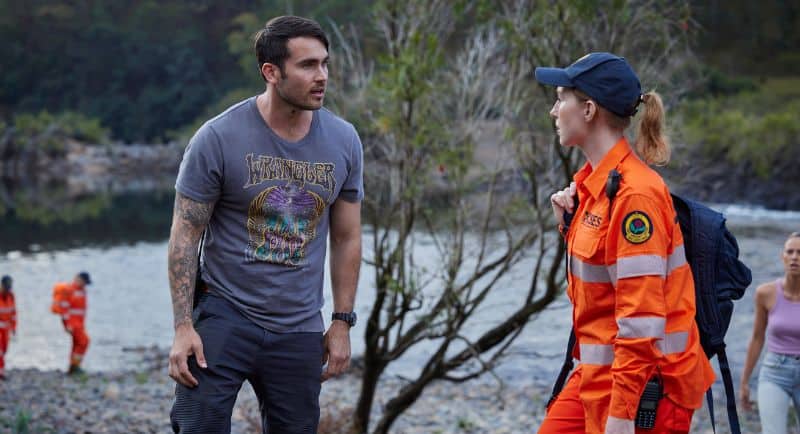Last week, Mediaweek took a look at the state of Australian scripted drama in 2024. Drama is as in demand as ever, but in 2024, you’re more likely to find your scripted Aussie drama on a streaming service than free-to-air broadcasts.
See Also: Where’s the Drama? Why streamers are scooping up scripted series
Whilst streamers may have a large collection of scripted Australian drama, it doesn’t mean that the genre is totally absent on FTA. One notable exception is Seven’s Home & Away, the only scripted Australian drama to make the list of 50 top-rating TV programs of 2023.
With 230 episodes of the soap airing a year, the Seven Network’s head of drama, Julie McGauran told Mediaweek that the show “gives advertisers confidence” due to its consistent performance in its time slot.
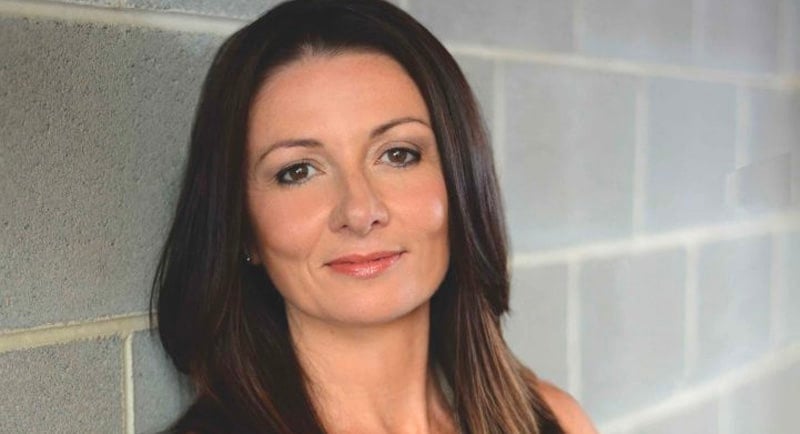
Julie McGauran
“You know what you’re going to get with Home & Away, and knowing exactly what you’re going to get really helps when it comes to delving into the right demos for the right campaigns.”
Whilst the consistent performance of Home & Away over the decades is a selling point for the show, it’s not the case with every scripted drama that lands on FTA.
It’s been almost a decade since streaming services made their debut in the Australian market, with both Netflix and Stan switching on in 2015. In the years since then, the Australian television landscape – and audience behaviours – have changed significantly.
Paramount ANZ’s SVP content and programming, Daniel Monaghan, tells Mediaweek that in 2024 “Audiences have more choice than ever before.”
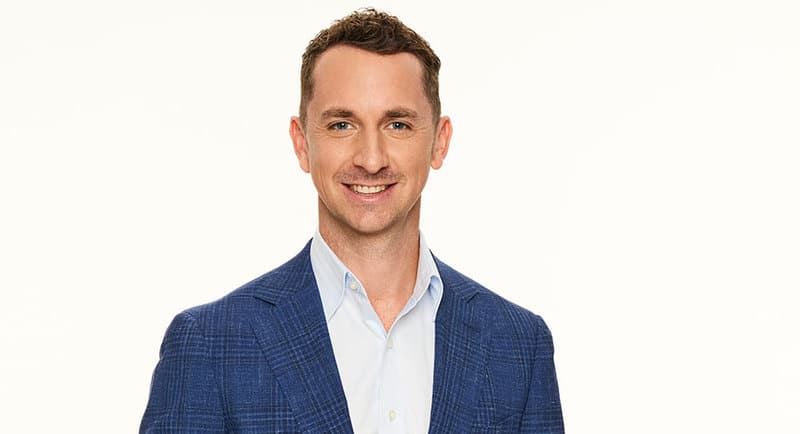
Daniel Monaghan
“Sport is certainly more likely to be watched live because fans want to support their team, and the chance of being exposed to match results is extremely high if they watch a match later. Reality TV has die-hard fans who make it appointment viewing, but there are also people who do a weekly binge on BVOD to catch up.
“For dramas, we have seen a shift in how audiences consume these series,” said Monaghan. “They prefer to watch this ad-free and will often binge whole seasons quite quickly which is lending itself more to SVOD content. Also, with our local content, audiences tend to watch it early quickly and once; however, with established global titles, we see fans re-watching old seasons as well as younger audiences viewing iconic titles for the first time.”
That shift has also been felt by SBS head of scripted, Julie Eckersley, who said deciding what genres are commissioned in an evolving landscape is “One of the things we’re wrestling with.”
“We’re seeing longer dramas than we used to be a few years ago – the standard was 13 episodes, that went down to 10, then it got down to six as the standard,” Eckersley told Mediaweek.
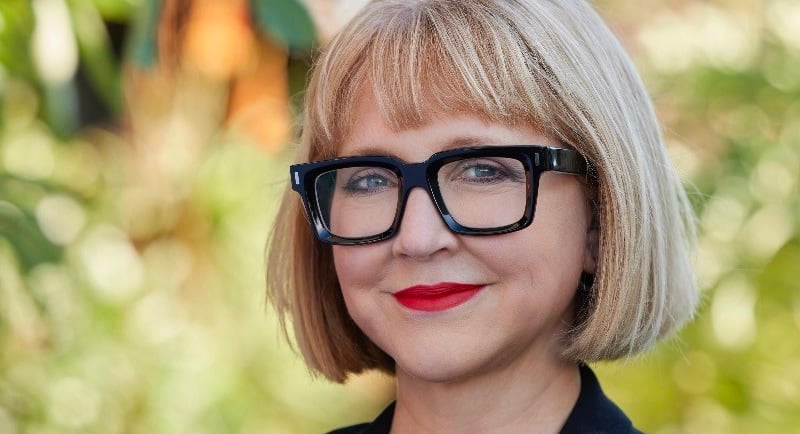
Julie Eckersley
“If you create eight episodes rather than six episodes, does that create more opportunities for the audience to leave? Or are we using our money better in terms of the ad space that we can sell? These are things that we’re always listening to the audience on, and listening to the data on as we look at how we can offer our advertisers the best value for time.”
Despite these shifts, McGauran said that people will find the FTA content they love, whether it’s aired on linear or catch-up services.
“If you look at the numbers over the last few years, Home & Away bucks the trend in free-to-air in a way, because the numbers are holding.
“Yes, people are watching it when they want to watch it on BVOD, but there is an appetite for free-to-air drama. People want good, Australian drama, and the audience will find it.”
But what if you have both a streamer and FTA network to play with? Where do you place a show when you have multiple options?
This is the case for two Australian companies. Nine operates Stan – which was recently crowned the leading commercial commissioner of Australian drama titles in 2023. It’s also the case for Paramount, who operate both Channel 10 and Paramount+ (as well as BVOD, multi-channels, and FAST channels) and air dramas such as Last King of The Cross and NCIS: Sydney.

NCIS: SYDNEY
“Our programs have utility to move through this ecosystem at various times and stages, and can connect with new audiences or reconnect with viewers who want to watch again,” Monaghan said when asked how the Paramount team decide where to place dramas.
“This strategy aligns with audience viewing preferences, and of course, drives business results too.
“We’ll always meet our content obligations, but we invest in local content because that’s what our audiences want to see.”
The genesis of the Where’s the Drama? series was the news that the most recent Emmy Awards recorded their highest-ever share of nominations from streamers.
Eckersley has overseen dramas including SBS’s award-winning Safe Home, and makes the point that whilst streaming service dramas might have a lot of titles up for awards, the playing field isn’t exactly an even one.
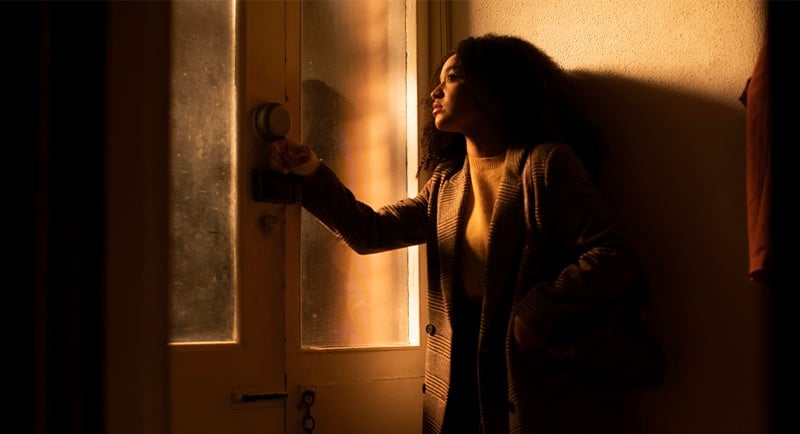
Safe Home
“We have two drama offerings, our primetime and our digital originals – which are six pieces of content. Between those two over the last year, we’ve had over 30 award nominations.
“The streamers are playing a numbers game. They have bigger budgets than us, so they can create 10 dramas and if two of those are international hits, that looks like a success story. For me, in a year I am only able to commission two or three primetime dramas, and then our digital originals. We don’t have the same latitude, and therefore, I think the perception of success can be different.”
Mediaweek reached out to both Nine and the ABC ahead of this story’s publication.
Look out for Where’s the Drama? Part Three, coming soon.
–
Top Image: Seven’s Home and Away
